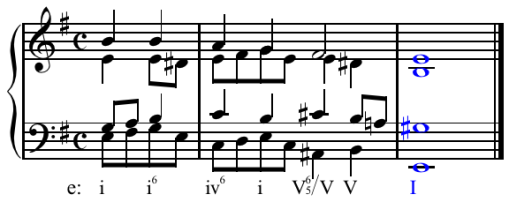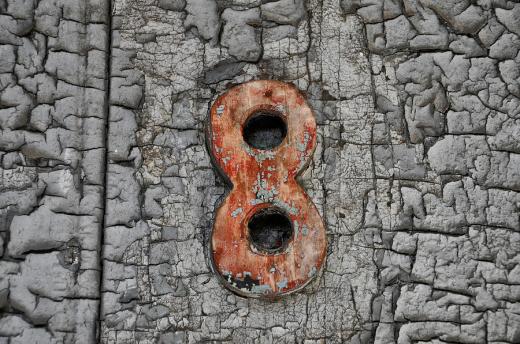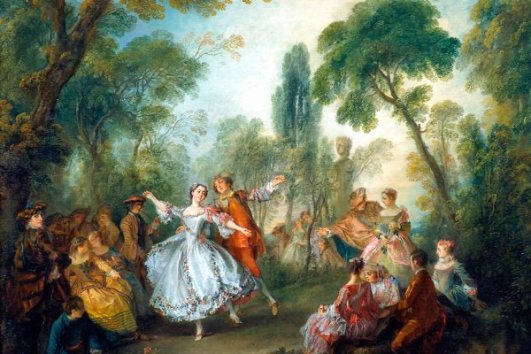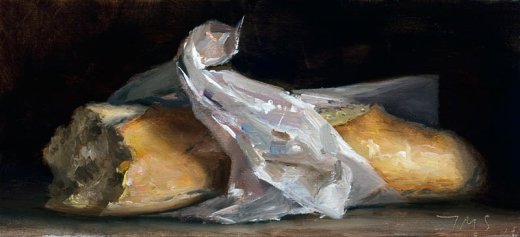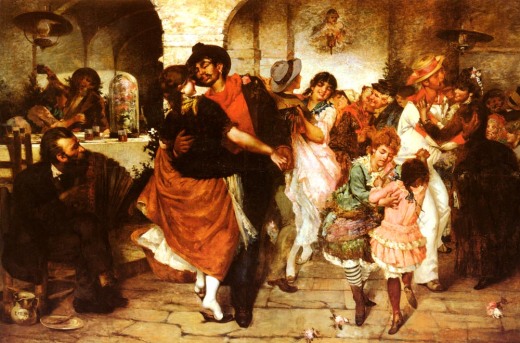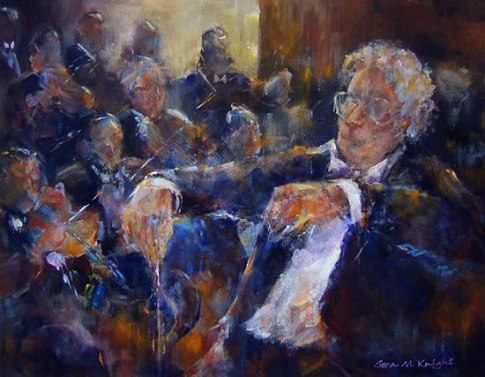The raised or major third of the tonic triad as the final chord in a work otherwise in the minor mode. Its use begins by about 1500 and is very nearly universal in late Renaissance and Baroque music. The term was first used by Jean-Jacques Rousseau and, despite the form given it by him and most writers since, probably derives from the Old French picart [fem. picarde, sharp, pointed] rather than from Picardie, the name of a region in France.
Monthly Archives: January 2014
octave
passepied [Fr.]
overture
(from the French word ouverture) A composition for orchestra intended as an introduction to an opera or other dramatic or vocal work. During the 17th and much of the 18th centuries, the most common designations for overtures were sinfonia and (less often) introduzione. During the same period, overtures to operas and other large dramatic works often served as preludes to acts other than merely the first.
morceau [Fr.]
Piece, composition.
baguette [Fr.]
opus [Lat.]
Work; often abbreviated op. (pl. opp.). The term is most often used with a number to designate a work in its chronological relationship to a composer’s other works. These numbers are often unreliable guides to chronology, however. They may have been assigned by various publishers rather than by the composer. There may be conflicting assignments for individual works. And some genres. notably vocal works and operas, were often not assigned such numbers at all. In the cases of Haydn and Mozart, for example, they are so unreliable that they are rarely used, the numbering of scholarly thematic catalogs being used instead [K., Hob.].
ricochet [Fr.]
(in bowing stringed instruments) The upper third of the bow is “thrown” on the string so that it bounces a series of rapid notes on the down bow. Usually from two to six notes are taken in one stroke, but up to ten or eleven can be played.
mazurka [Polish]
A Polish folk dance, in triple time, from the province of Mazovia near Warsaw. Mazurkas in art music, such as those of Chopin, exhibit strong differences in tempo and expressive character. This variability may reflect the subsuming under that name of several different folk dances of Mazovia: the mazurka proper (mazur or mazurek in Polish), fiery and warlike in character; the obertas or oberek, livelier in tempo and gayer in expression; and the kujawiak, originally from the neighboring province of Kujawy, partly slower in tempo and more sentimental and melancholy.
